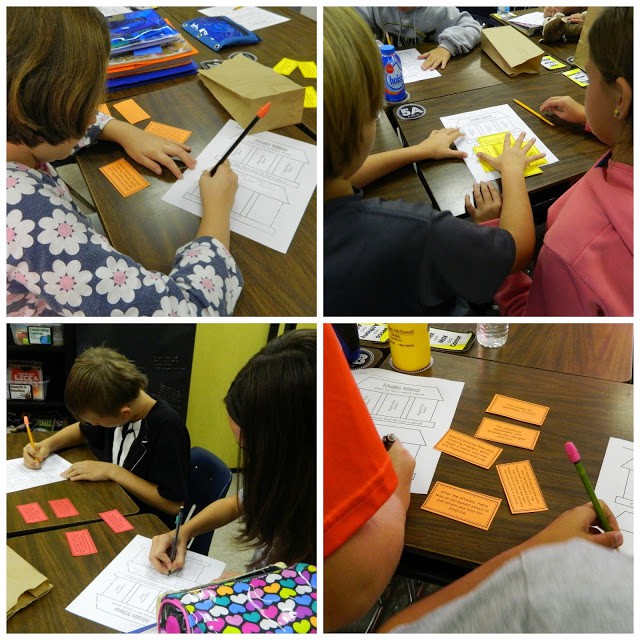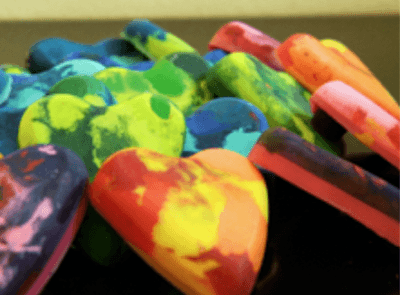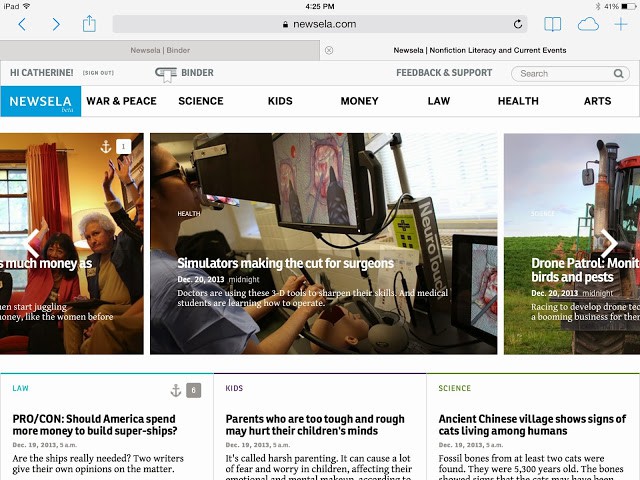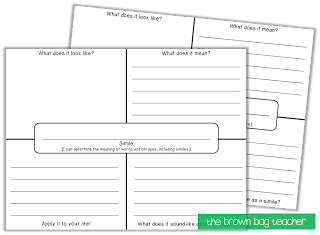This week in 5th grade, reading has been all about main idea. So, I tried starting our work on main while reading a text about September 11th…and it was fine. I did learn though that my friends needed to take a few steps back, to review and practice, before we started picking out our own main ideas and supporting details.
Why Main Idea?
Finding the main idea is crucial for students as it hones their reading comprehension skills. Identifying the main idea helps students extract essential information from a text, encouraging a deeper understanding of the material. This skill enhances their ability to summarize, make inferences, and critically analyze texts. Additionally, it lays the foundation for effective note-taking and organization of information, which are essential skills across lots of subjects. As 5th graders navigate increasingly complex texts across subjects, mastering the main idea helps them synthesize information, fostering academic success and preparing them for more advanced learning challenges.
Making “Main Idea” Sticky
I also knew I needed to ‘hook’ them, so I went right to Flocabulary. Ya dig?
My kids LOVE Flocabulary. They pack up as fast as they can in the afternoon, so they can pick out an educational rap to listen to. For realz. I’m at the end of my two-week trial right now, and I am in the process of applying to use $63 of my Classroom Funds for a year’s subscription – the kickers? Flocabulary is definitely not on our bid list…so yeah. Anyway, the Flocabulary rap was a perfect way to introduce main idea with Ben, bears, and being smitten. Like I said, the raps are fun, loud, and interactive!
We also visited Tim and Moby at BrainPop {for free} to get more practice with Main Idea. While not as ‘fun’ as Flocabulary, Brain Pop is a tried and true resource. Plus, stopping the video at important points, gave my kiddos the opportunity to ‘find’ the topic and main idea with a partner.
Our Main Idea Visual
After these ‘hooks’, I know the kids are mine. I mean, what 5th grader won’t listen to your every word when you were just rapping with them 2 minutes ago? This is when I explain/show the class a house and introduce it as Main Idea. I explain…
Every house must have a strong foundation. Without this foundation, the house would fall. It would have no purpose. In a text, the TOPIC is the foundation. The topic tells us what we will be reading and learning about. It is a short and sweet phrase that focuses us as readers and writers.
Every house must have a roof. A roof protects a house from things that do not belong. Just like a roof protects a house, the main idea protects a piece of writing. The main idea is what the author is trying to teach the reader, what the text is mainly about. If something doesn’t support the main idea, then it does not belong.
Lastly, the supporting details (or walls) hold up the roof. Without the walls, the roof would fall. Just like a house, the supporting details give a text body and purpose. Without these details, the main idea does not go anywhere.
You can click here to grab your own Main Idea house for free. Now that my kids understand the main idea basics, they are ready for practice – enter Main Idea in a Bag.
Topic vs. Main Idea vs. Details
It’s not uncommon that students will confuse topics, main ideas, and supporting details. The topic is the general subject of a text, while the main idea is the central point or primary message. Details are specific pieces of information that support or elaborate on the main idea, providing evidence or examples related to the overall focus of the text. 
Students work in pairs to differentiate between the topic, main idea, and supporting details. In a brown paper bag, place one set of cards (social studies and science texts). Then, student A pulls one cards from the bag and reads it aloud. The process continues until all 5 cards have been pulled from the bag. With all the cards on a flat surface, the partners work to identify the ‘roof’ (main idea), ‘walls’ (supporting details), and ‘foundation’ (topic) of the text. After forming the main idea ‘house’, students should record their answers on the recording sheet.
For Your Classroom









Love the Main Idea house – what a great graphic organizer. Thanks for the reminder about Flocabulary – was just thinking about how I could spend my classroom money – this is it!
Love your main idea house organizer! It also is a great way to explain it to the kids! My fifth graders always need help with main idea… always! I also really like how you practice using the main idea bags! Thanks for sharing your great ideas 🙂
Amanda
My Shoe String Life
Follow Me on Bloglovin'
What a great, hands-on way to practice main idea. I've already got this on my wish list and will be picking it up when we start main idea.
Courtney
Polka Dot Lesson Plans
Main idea is a tricky concept, and I really think this will help my students! Thanks for sharing! I found you on the TpT forum and am a beginning teacher like you. You're doing an awesome job!
My goodness!!!! Thank you so very much for that house main idea graphic organizer because I have used that visual for my kids every time we discuss main idea and now I can make it into a more concrete process using your organizer. Thank you very much for sharing!
Great! I enjoyed reading how you taught main idea!
Flocabulary and BrainPop are fantastic resources to captivate 5th graders. The Main Idea house analogy is a clever way to make the concept tangible for students. Keep up the innovative teaching.
NAS Data Recovery Services in San Diego